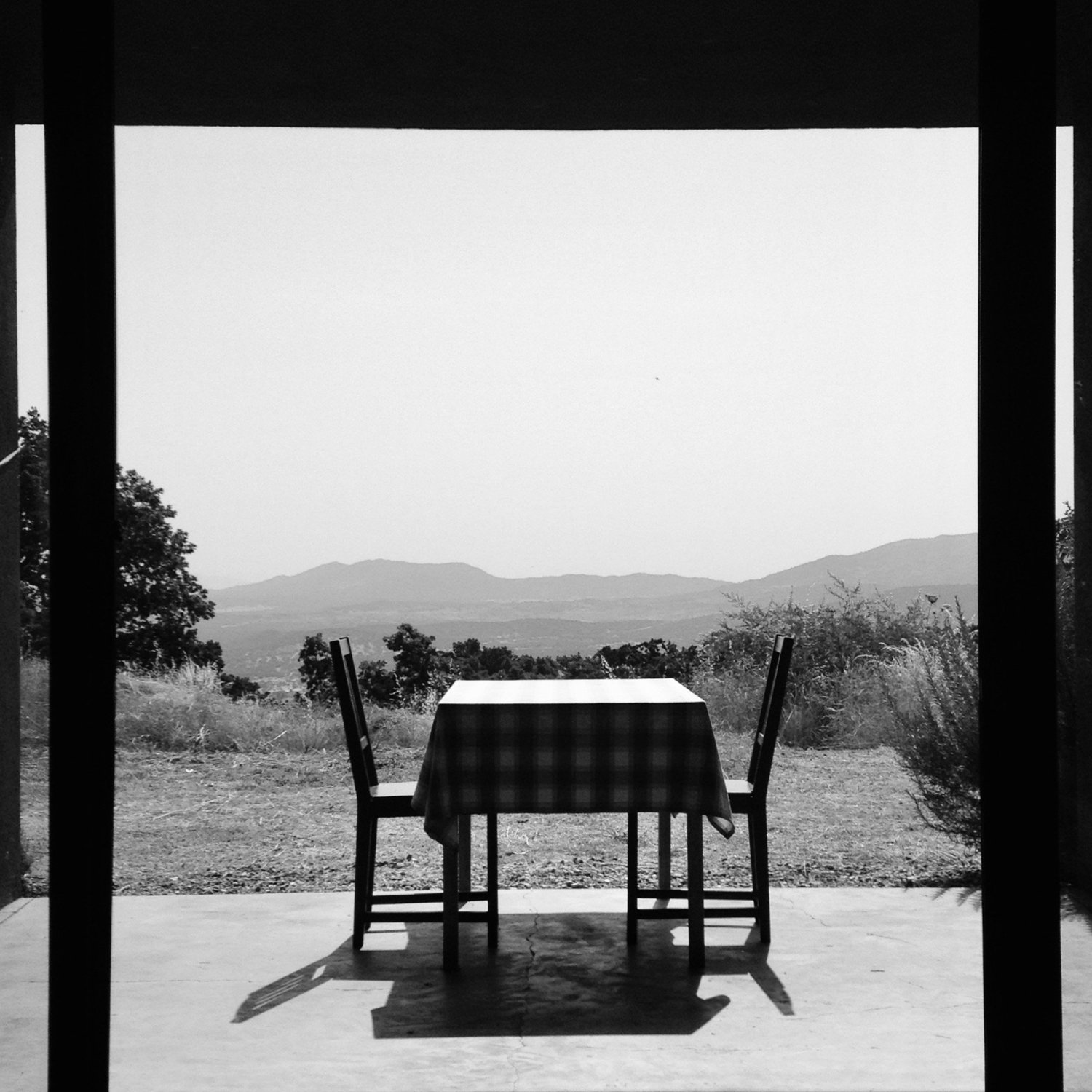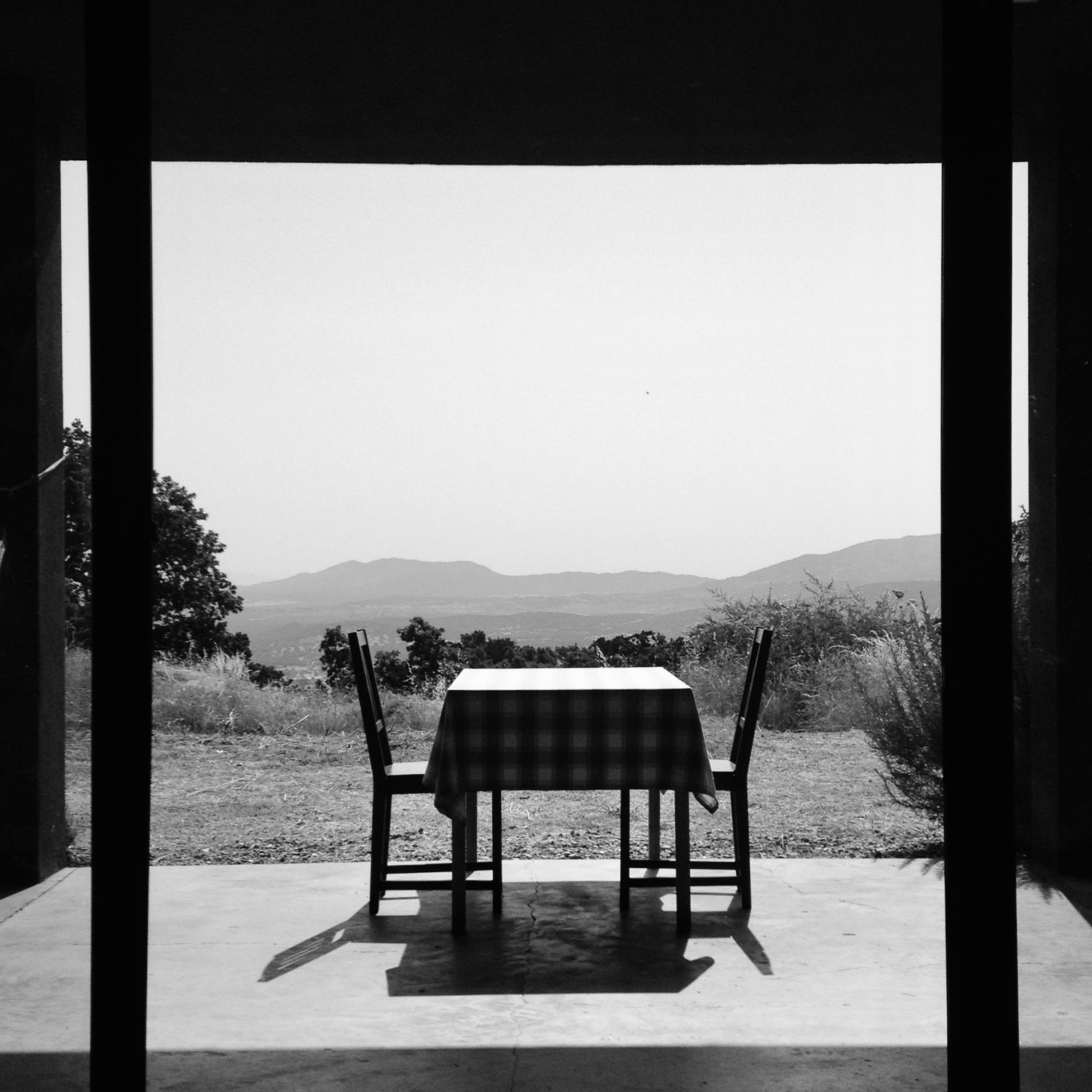Lost in Translations
I am writing from Spain which, for what I have in mind, represents the Rest of the World.
Yesterday temperatures reached 40 degrees. Wind gusts reached 20km/h. Today will be milder - barometric pressure is 1016mb.
Here distances are measured in kilometers, dimensions in meters, volumes in litres. Rainfall is recorded in litres per square metre, not inches. Tire and water pressure are measured in bar, not PSI. Recipes are prescribed by weight, not volume (what, please, is a ‘cup’?).
A common question here regards the price of gasoline (petrol in some places) and the overall efficiency of fuel consumption, comparing the US with, in this instance, Spain. So here one has to make a compound translation of dollars to euros, gallons to litres and miles to kilometers. To go 100 kms my VW Taigo rental car apparently will consume 5,5 litres at 1.462 Euros per litre = 8.04 Euros. Compare that to my US 2016 VW Tiguan which, to go 62 miles at 26 miles per gallon at $4 per gallon would cost me $9.54. Converting the currency at today’s exchange rates I find that in Spain a 100-kilometer drive would cost me $9.43. That is, taking all the variables into account, including how heavily my right foot weighs on the pedal, pretty much the same. It is something of a relief to know this as I had fallen prey to the view that ‘socialist’ Europe was somehow more punitive to motorists than it appears to be. Or, to put it another way, misery loves company.
Let us trace this back to the Enlightenment, the French Revolution, and the Napoleonic Wars. Truth be told, the little Corsican won, hands down - almost. While the republican calendar of the revolution never took hold (today would have been Duodi, le 12 Messidor) the universality of the metric system holds sway over three quarters of the globe. Let me rephrase that – over 75 per cent of the globe. The holdouts have been in the anglosphere, primarily in the US, partially in Britain. When the UK was in the European Union it refused to give up on miles and pints. Even the so-called SI metric system used in the construction industry privileged the millimetre as the base unit, not the centimetre as elsewhere in Europe.
Other parts of the empire on which the sun never set - India, Australia, New Zealand, Canada - have all adopted the metric system but not the United States, still mired in the gill, the quart, the cup, the inch, the rod, the pole and the furlong, referred to in the old country as ‘imperial’ units.
It is charmingly quaint that the most advanced industrial capitalist country in the world should cling to these archaic terms. At least in this respect north Americans show a respect for history that is remarkably absent in other fields of enquiry.
But do not get me wrong. The bland rationality of the metric system is not a thing of beauty it must be said. Having grown up on a farm in pre-European Britain I have a nostalgic fondness for the hundredweight sack that weighs, confusingly, 112 lbs. A half hundredweight of chicken feed (56 lbs) is a little over the allowable weight of a checked in suitcase (50lbs) so I have an intuitive feel for how much to pack. Without some knowledge of pounds, shillings and pence (£:s:d) one could make no sense of the deliciously opaque passage in Joyce’s Ulysses in which the old lady who brings milk to the young gentlemen in their Martello tower, when asked for the bill, responds with “Bill Sir?...Well it’s seven mornings a pint at two pence is seven twos is a shilling and two pence over and these three mornings a quart at fourpence is three quarts is a shilling and one and one and two is two and two, sir.”
I am exhausted. Before the temperature reaches 35 grados and the wind gusts are a mild 10km/h, I shall walk the 1,5 kilometers to El Escudo and order myself a copa of lager, more than a tubo, less than a jarra.
HM 1st July 2023


